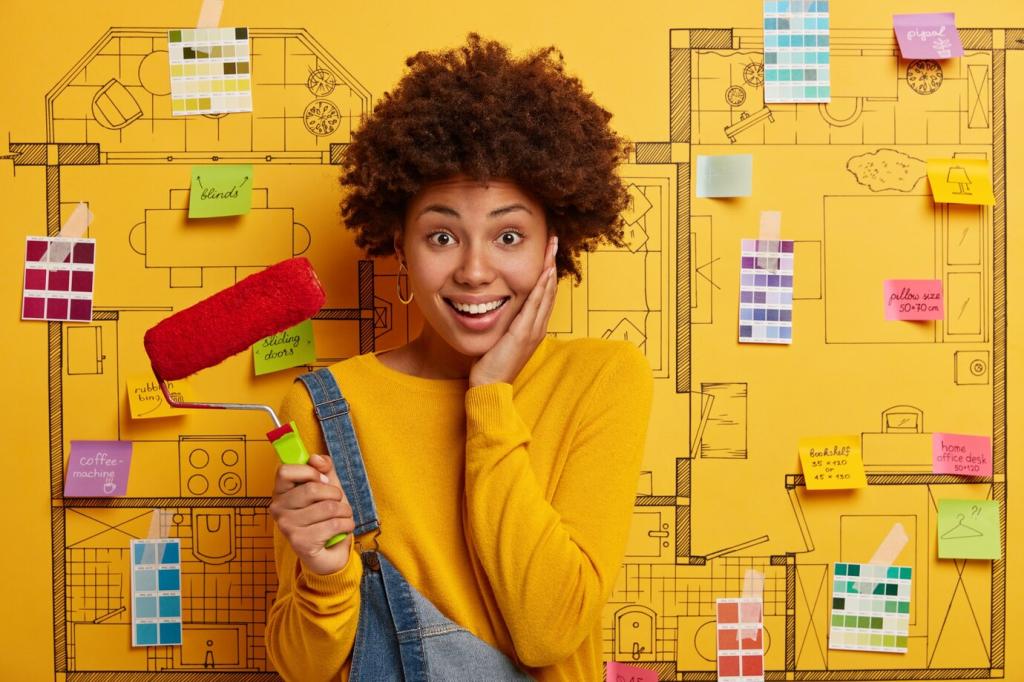The Role of Visual Content in Home Design SEO
Chosen theme: The Role of Visual Content in Home Design SEO. When people search for a cozy kitchen or an airy living room, visuals decide who wins the click. Today we explore how imagery, video, and layout elevate rankings, engagement, and brand memory. Subscribe for ongoing playbooks and inspiration.

Why Visual Content Drives Home Design SEO
Search intent meets style in the results page
When someone types “modern farmhouse kitchen,” they expect textures, palette, and layout immediately. A striking thumbnail, clean composition, and consistent aesthetic satisfy intent faster than text, lifting engagement and leading visitors to explore related rooms, tutorials, and mood boards across your site.
Engagement signals that search engines read
High-quality visuals reduce pogo-sticking and increase scroll depth, time on page, and internal clicks. These positive signals suggest your page solves the design question. Invite readers to compare looks and comment with their favorite detail, amplifying interaction that further reinforces topical relevance.
Shareability, saves, and organic backlinks
Pin-worthy images travel across platforms, accumulating saves and credits that often become natural backlinks. Add easy share buttons and descriptive filenames so credits point home. Ask readers to save their favorite room inspiration and tag your brand in mood boards for extended discoverability.
Descriptive filenames and logical folders
Replace generic camera strings with meaningful names like “mid-century-living-room-walnut-shelving.jpg.” Organize by project, room, and feature to strengthen topical clusters. Clear structure improves crawling, collaboration, and updates as your portfolio grows, ensuring images support both users and search engines effectively.
Alt text that serves users and search
Write concise, literal alt text: “Light-filled Scandinavian kitchen with matte black fixtures and oak countertops.” Avoid stuffing; describe what a screen reader user needs to understand. Thoughtful alt text improves accessibility while reinforcing relevance to specific home design intents and nuanced style queries.
Captions, context, and surrounding copy
Captions get read; use them to explain material choices, paint codes, or spatial tricks. Strengthen images with headings and short paragraphs that answer intent directly. Encourage readers to ask for sources or options, turning captions into micro-conversations search engines can understand.
Speed, Formats, and Core Web Vitals for Visual-Heavy Pages
Prefer modern formats like WebP or AVIF for photos, and SVG for icons or line drawings. Keep high-quality JPEG fallbacks where needed. Balance texture fidelity with sensible compression so fabrics, wood grain, and tile edges remain convincing on both mobile and large displays.
Structured Data, Image Sitemaps, and Visual Search Surfaces
Use ImageObject with descriptive name, caption, author, and license. For how-tos, add Article; for product shots, add Product; for tours, add VideoObject. Consistent metadata boosts eligibility for visual enhancements and helps images surface for precise, high-intent design searches.
Structured Data, Image Sitemaps, and Visual Search Surfaces
Supplement your standard sitemap with image entries that include titles and locations when relevant. This nudges crawlers to index gallery images otherwise loaded via scripts. Monitor Search Console to identify indexing gaps and prioritize fixes that unblock your most compelling projects.


Visual Storytelling That Converts Inspiration into Action
Before-and-after sequences that build momentum
Pair honest “before” shots with staged “after” angles that match perspective. The consistency spotlights craftsmanship, materials, and light. Sequenced stories keep readers scrolling, strengthening engagement metrics closely tied to visibility and helping prospects visualize similar success in their own homes.

Case Note: A Boutique Studio’s Visual Refresh
Audit insights that reframed priorities
They uncovered heavy, unlabeled images, inconsistent cropping, and buried galleries. The team mapped each image to a user task—compare layouts, examine materials, or save references—and aligned keywords to those intents, creating a foundation for sustainable, visual-first SEO improvements across the site.
Execution that respected craft and speed
They standardized filenames, wrote meaningful alt text, implemented WebP with responsive srcsets, and added ImageObject markup. Galleries became narrative sequences with clear captions. A CDN and lazy loading kept pages snappy without sacrificing texture, grain, or the nuances of natural light.
Outcomes worth repeating and iterating
In the following weeks, image impressions grew, bounce eased, and inquiry quality improved as visitors arrived with specific style vocabulary. The takeaway: design visuals for human decisions first, then ensure technical clarity so search engines confidently recommend your work to the right audience.
